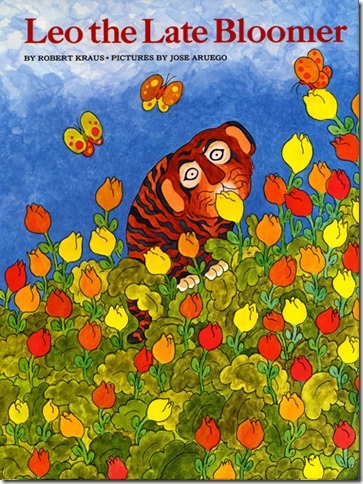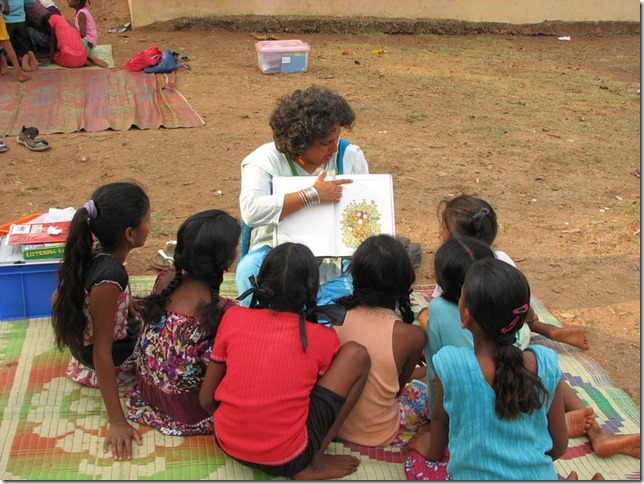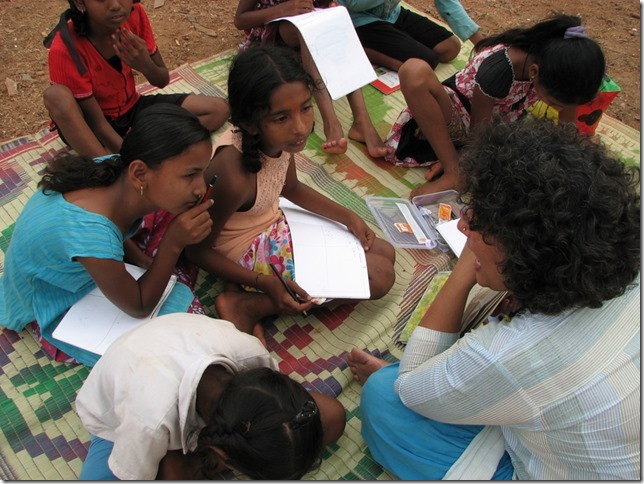We had picked Leo the Late Bloomer to read across MOP sites last week. Leo the Late Bloomer is a special book on multiple levels ( Like all MOP selection choices, it is strategic and chosen with thought and care!)
As a story the central character is a tiger cub. Across linguistic groups the tiger is a known symbol. So we knew that our children will know the traits and characteristics of a tiger . This was important to set the context of why Leo and his late blooming might be a concern to his father.
So we began with a game, putting letters together to frame cat names. We began by drawing on what is common to all the animals ( cat, tiger, lion, cheetah, jaguar,leopard). What is different and what are the traits and characteristics of cats as we know them, particularly wild ones. This draws well on prior knowledge, sets the context for the story and allows us to introduce Leo. The name Leo also has it’s origin in Lion and why Robert Kraus would choose this, is too much presently for my multi lingual group. So on the outside with them we talk about how Leo looks on the front cover.
Jose Aruego, has captured emotion so beautifully in his illustrations. This is an outstanding picture book on many fronts and we maximise it for read alouds of this kind. There is the reading of emotions which happens so naturally from the visuals and supported so well with the text.
By page 4 Leo’s abilities or lack of them were well understood and I addressed the word ‘bloom’ . What does it mean. Anita responded like an artist, she joined her palms together and slowly unfurled her fingers and looked at me and said ‘ kamal ‘? ” lotus’? . Sanjana who is a Leo in this group was ecstatically pointing to the flowers on the cover and saying ‘hey bloom azun zaunkna” ” these have not yet bloomed’. So we had a fitting marriage of understanding that comes from a good book. The images and the text walked together and we were in Leo’s world.
We all enjoyed the contrary bits where the illustrator and the writer do not walk together. Leo’s worried father was peeking and peering and everyone was able to relate to the worried parent.
We spent a fair bit of time talking about how parents manifest worries. There was some scepticism to my suggestion that when parents get angry/ hit / shout it is because they are worried. They were not sure about this and I always celebrate moments of doubt – it means we are thinking through things.
We got to the end of the story celebrating with Leo and his accomplishments of reading, writing, drawing, talking etc in his own time and the stunning visual at the end of the flowers blooming around Leo said it all.
As we settled down to express ourselves in writing, we spent some time thinking and talking about areas where we are yet to bloom. The connection was not hard to make, the story provides that support structure to think and it both gladdened and saddened me to read
I can make noodles for my family
I cannot read
I can walk to school alone
I cannnot spell and write ( written after asking for spelling support)
Our work is not done, we work with a group that are beginning to bloom and when I asked why do you think Robert Kraus wrote this story – Nisha said ‘maybe because he took long time to read and write’ or ” Anita said for children like us to know that we will bloom” and bloom they will !




